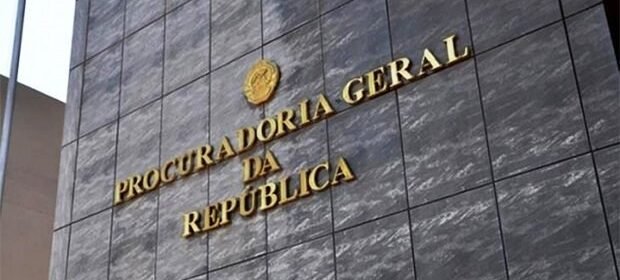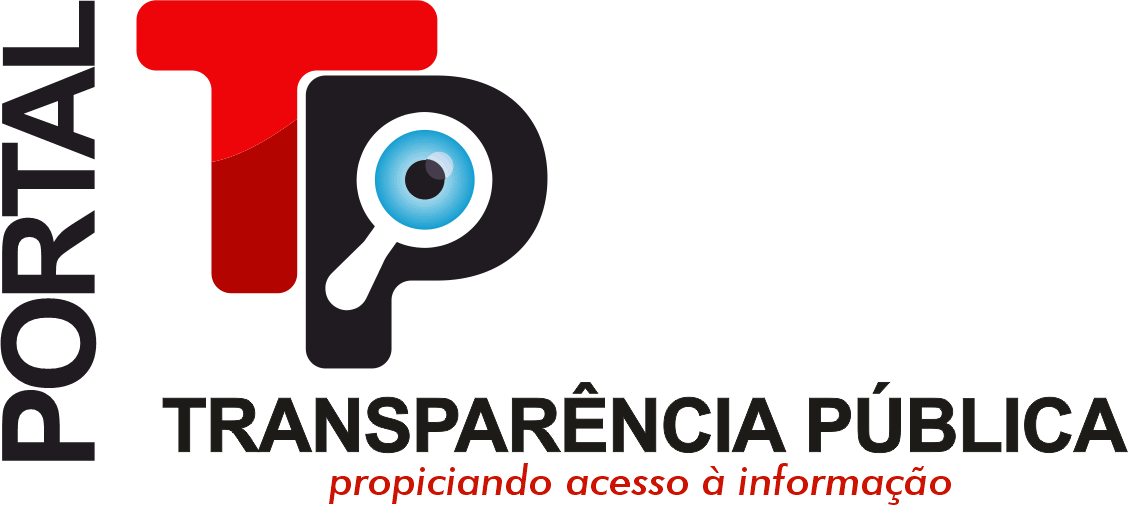You are here:
Início » Access to information » The Asset Recovery List
January 8, 2026 2:40
Latest update:October 1, 2023
The Asset Recovery List

© Maka Angola
A few days ago, the National Asset Recovery Service (SENRA) made public the list of assets recovered in the fight against corruption – a necessary step towards the transparency of its legal procedures and the negotiation for the voluntary surrender of assets by several citizens targeted by the law.
The list of assets, which can be consulted here, only includes assets that have already been effectively recovered and are in the hands of the state, with the exception of three properties in Brazil, the transfer of which to the Angolan state is awaiting formalization. The list does not include assets that have been seized, arrested or, in plain language, “frozen”, i.e. awaiting the end of the respective legal proceedings.
According to the calculations we made based on the data presented (with mere paper and pencil), we have a total of approximately 8 billion dollars already recovered (including some seizures in euros, duly converted), plus around one billion kwanzas.
Therefore, any figure above this total is nothing more than an expectation, a wish, a goal. The actual figure is around 8 billion dollars and the increase in kwanzas. The rumored 19 billion dollars are a hope, not a reality.
The list also highlights a second very relevant aspect: the asset recoveries took place mainly in Angola or were carried out by domestic means.
From abroad, there are only two villas and one apartment in Portugal (Algarve and Telheiras) and three properties in Brazil, with transactions yet to be formalized.
There is nothing in the United Kingdom, Dubai, the United States, Switzerland, Singapore, Hong Kong, etc. This means that international judicial cooperation has not yet translated into any effective recovery of assets. Some assets may be “frozen”, but they are not returned to Angola, either because the processes have not been completed or because of other impediments.
The example of Portugal is typical. A great deal of cooperation is alleged, numerous headlines have been published about searches and seizures (particularly of Isabel dos Santos), but the result is minimal: two houses and an apartment, the total value of which does not reach five million dollars, and which were probably handed over willingly.
Some will say that this inefficiency in recovering assets abroad is due to the slowness of the justice system in the specific countries (such as Portugal), but there are also claims of a lack of dynamism on the part of the Angolan Public Prosecutor’s Office (an argument used by some Portuguese authorities) or distrust of Angolan intentions and good faith (an apparent basis for decisions in Switzerland).
The reasons may be these or others, but what is certain is that there is a visible difficulty in recovering assets abroad. This is a clear problem.
With regard to the assets recovered, it is worth highlighting some very interesting points.
Around 40% of the recovered assets (3.35 billion dollars) came from the Sovereign Fund, referring to the management of José Filomeno dos Santos and Jean-Claude Bastos de Morais. In reality, most of this money, at least, did not come out of the Sovereign Fund, but was handed over to Jean-Claude, who refused to manage it. It’s not really a question of asset recovery, but of management control.
Of the remaining assets, a number stand out. The 81 IKA and IU hotels belonging to Carlos São Vicente represent a large slice of the recovered assets. Another interesting group consists of textile factories valued at over 500 million dollars, apparently belonging to Joaquim Duarte da Costa David, Tambwe Mukaz and José Manuel Quintamba de Matos Cardoso. Another item is a beer factory valued at 116 million dollars, which is said to belong to Isabel dos Santos.
More than three thousand properties in Kilamba, valued at 170 million dollars, are other assets seized. These are said to be the property of the China Investment Fund (CIF), whose ultimate beneficiaries are said to be some Chinese connections and Sam Pa; in relation to Angola, it seems clear that Manuel Vicente was the coordinator of various holdings, although there are no criminal proceedings against him. In connection with the CIF, we also have the delivery of CIF Towers 1 and 2, worth approximately 200 million dollars, and the Damer printing plant, valued at 120 million dollars. Also worth mentioning is the Sapiens Institute building in Luanda, probably owned by Pitra Neto (worth 22 million dollars) and the Luanda Medical Center Building (44 million). Finally, TV Zimbo, valued at 99 million dollars, and a deposit of 313 million dollars are worth mentioning.
Although this list is impressive, it ultimately represents a “drop in the ocean”, even if we only look at Angola.
Some considerations can be made regarding the destination of the assets. For example, the cash value of 313 million dollars could be used directly to start an active program to combat unemployment. This is an opportunity that should not be missed.
With regard to the other assets, we have the opinion, which we repeat here, that a management company should be set up to concentrate these assets. This company would be in charge of managing these companies, which would be closely monitored by an independent body. The scheme we proposed in 2020 provided for the creation of an independent commission made up of members of recognized auditors – KPMG, Deloitte, etc. – and civil society, with the aim of proposing the appointment of the managers of the company that would manage the recovered assets, as well as monitoring its management. At the time, we wrote which “would be a transparent commission that would be accountable to the public and would have mixed powers of General Assembly and Supervisory Board. The existence of an independent body to monitor and supervise the management of companies that are entering the public sector is essential.” We are presenting this proposal again.
Finally, one last issue is the valuation of assets. While it’s easy to value real estate, it’s harder to calculate the value of companies or to know what you’re valuing.
For example, were Carlos São Vicente’s 81 hotels valued by taking into account only the value of the buildings or was the hotel operation taken into account? Is the Damer printing company worth 120 million for the buildings and machines or for its value as a company? What about the liabilities that are accounted for, were they incorporated into the valuation? Didn’t the textile factories have liabilities? TV Zimbo has known debts. Are they included in the 99 million dollar valuation? What about the maintenance costs of 3,000 buildings in Kilamba, how much will they take off the value of 170 million dollars?
These are questions to which we have no answers. We believe, as mentioned above, that only centralized and transparent management of these assets can provide answers and turn them into real benefits for the population, which is what the fight against corruption is all about.
Access Counter:
PUBLIC TRANSPARENCY PORTAL – ANGOLA
Propitiating access to information
Municipality of Talatona, Urban District of Benfica, Estrada Lar do Patriota, Rua V, Travessa II, n.º 584-A
Postal Address: Brito Godins Postal Station, Bairro Kinaxixi, Correios de Angola, PO Box n.º 10196, Luanda – Angola
Contact phone: +244 934 035 233
COPYRIGHT © 2022 – THE PUBLIC TRANSPARENCY PORTAL IS PROPERTY OF PRO BONO ANGOLA® – ALL RIGHTS RESERVED. DEVELOPED BY 15INTELLIGENCE


